Many widely held science “facts” are actually outdated myths or outright falsehoods that persist thanks to repetition, media oversimplification, and our own cognitive biases. Despite overwhelming scientific evidence debunking these misconceptions, they continue to spread in classrooms, everyday conversations, and pop culture. From misunderstandings about the human brain to myths about animal behavior and the laws of physics, these beliefs linger stubbornly. Their persistence shows why scientific literacy and critical thinking are more important than ever. Let’s set the record straight on 23 “facts” everyone thinks they know—but are actually complete nonsense.
1. We Only Use 10% of Our Brains

The claim that we use only 10% of our brains is pure fiction. Modern neuroimaging reveals that nearly every part of the brain is active, even during basic activities like talking or walking. This myth endures because it tempts us with the idea of hidden potential, but science says otherwise.
In reality, even small areas of brain damage can cause profound deficits, highlighting how essential the entire brain is. For more, see this review in Scientific American.
2. Lightning Never Strikes the Same Place Twice

Despite the saying, lightning frequently strikes the same spot, especially when that spot is a tall building or structure. The Empire State Building, for example, is struck by lightning more than 20 times annually. Physical features, not randomness, determine where lightning hits.
According to the National Weather Service, this myth persists because people imagine lightning as unpredictable—when it actually follows the laws of physics.
3. Goldfish Have 3-Second Memories
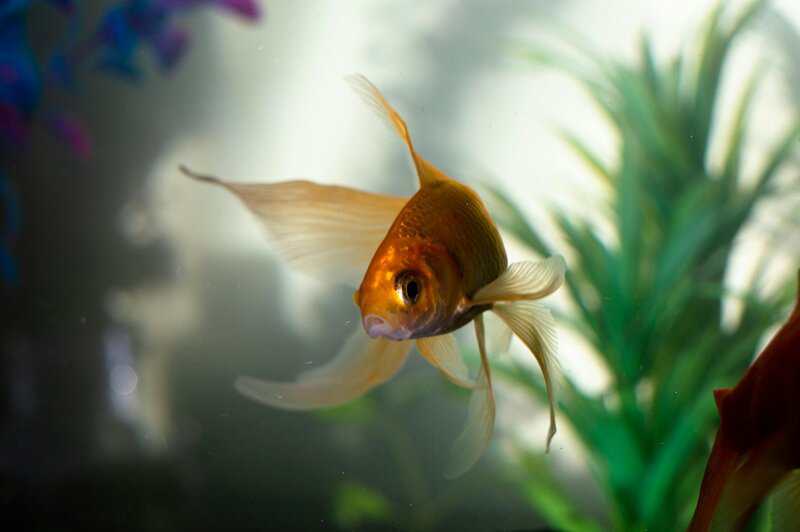
The idea that goldfish can only remember things for three seconds is a myth. Scientific research has shown that goldfish are capable of remembering information for months. They can even be trained to recognize sounds and feeding times, demonstrating surprising cognitive abilities.
This misconception sticks around because it fits the stereotype of small, “simple” animals. For more details on goldfish memory, see the BBC.
4. Humans Have Five Senses

The belief that humans have just five senses—sight, hearing, touch, taste, and smell—is a classic oversimplification. In reality, our bodies are equipped with many more senses, including balance (vestibular sense), temperature (thermoception), and body position (proprioception).
Neuroscientists now recognize anywhere from 9 to 21 distinct senses, depending on the definitions used. This myth lingers due to how senses are traditionally taught in schools. For more, see Encyclopedia Britannica.
5. Different Parts of the Tongue Detect Different Tastes

The famous “tongue map” suggesting sweet, salty, sour, and bitter tastes are detected only in certain areas of the tongue is simply incorrect. Modern research shows that taste buds for all flavors are spread across the entire tongue.
This myth continues because of misinterpreted early research and misleading textbook diagrams. For scientific evidence, see this study in Cell.
6. Hair and Fingernails Continue to Grow After Death

It’s a common myth that hair and fingernails keep growing after death. In reality, growth stops because cell division ceases soon after death. Instead, as the skin dehydrates and retracts, hair and nails appear longer, creating a convincing illusion.
This misconception is fueled by the changes seen during decomposition. For clarification, see the American Academy of Dermatology.
7. Bats Are Blind

Despite the common saying, bats are not blind. Many bat species have excellent night vision and use echolocation as an additional navigation tool. According to the U.S. Geological Survey, bats can see well in low light and depend on both their eyes and ears.
This myth endures mainly because of the misleading phrase “blind as a bat.”
8. The Great Wall of China Is Visible from Space

The belief that the Great Wall of China is visible from space is a myth. Astronauts have reported that it’s not visible from the Moon and is barely discernible from low Earth orbit without aid. According to NASA, many other human-made objects are actually more noticeable from space.
This misconception lingers because it sounds like an impressive and memorable “fact.”
9. Sugar Causes Hyperactivity in Children

Despite popular belief, scientific studies consistently show no causal link between sugar intake and hyperactivity in children. Double-blind research summarized by the Mayo Clinic found no measurable effect.
This myth persists due to the placebo effect and confirmation bias—parents often associate sugary events like parties with energetic behavior, overlooking other factors like excitement or environment. Sugar is not the culprit for children’s bursts of energy.
10. Vaccines Cause Autism

There is no scientific evidence that vaccines cause autism. Extensive research, including numerous large-scale epidemiological studies, has thoroughly debunked this claim. The infamous study that first suggested a link was retracted for serious ethical breaches and data falsification.
The CDC clearly states there is no connection between vaccines and autism. Yet, this myth persists, fueled by misinformation, fear, and the powerful force of cognitive biases.
11. Antibiotics Kill Viruses
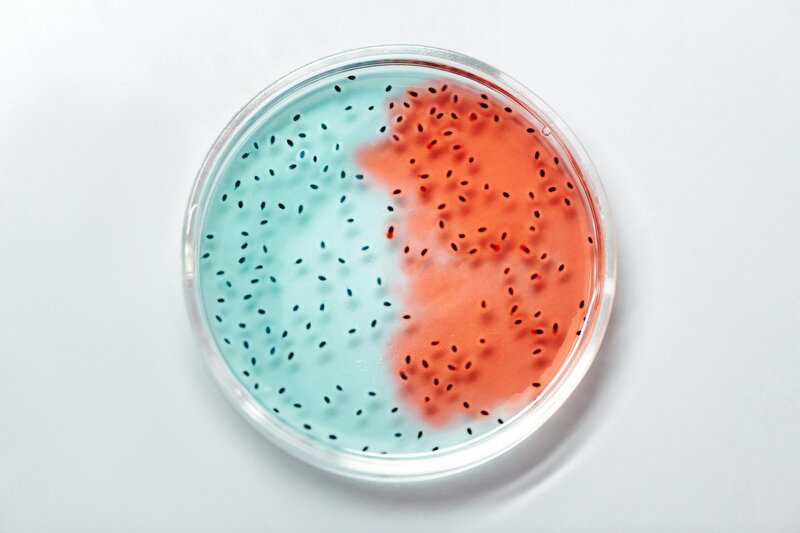
Antibiotics are only effective against bacteria, not viruses. Taking antibiotics for viral infections like the common cold or flu won’t help and actually promotes antibiotic resistance—a serious global health concern.
The World Health Organization explains that misuse and misunderstanding of medical terminology fuel this persistent myth. For more details, visit the World Health Organization.
12. Humans Swallow Eight Spiders a Year in Their Sleep

The idea that people swallow eight spiders a year while sleeping is a fabricated myth with no scientific basis. Spiders are unlikely to crawl into a sleeping human’s mouth because the vibrations from breathing and movement actually deter them.
According to Scientific American, this myth was probably invented to demonstrate how easily misinformation can spread.
13. Seasons Are Caused by Earth’s Distance from the Sun

It’s a common misconception that seasons are determined by how close Earth is to the sun. In reality, Earth’s axial tilt is responsible for seasonal changes. When one hemisphere tilts toward the sun, it experiences summer; the opposite hemisphere gets winter.
NASA clearly explains this phenomenon in detail (NASA Space Place). The myth persists because of simplified lessons in early education.
14. Cracking Knuckles Causes Arthritis

Cracking your knuckles does not cause arthritis, according to multiple studies. The familiar popping noise is actually the sound of gas bubbles rapidly collapsing in the synovial fluid of your joints—not a sign of harm or damage.
While frequent knuckle cracking may lead to minor hand swelling or reduced grip strength, it doesn’t increase your arthritis risk. This myth persists because the noise seems alarming. For more, see Harvard Medical School.
15. Ostriches Bury Their Heads in the Sand

Ostriches do not bury their heads in the sand to hide from danger. Instead, they may lower their heads to turn their eggs or scan for predators, which can look like they’re burying them.
The Smithsonian explains that this myth likely comes from misinterpreting these natural behaviors. Ostriches rely on running, not hiding, for self-defense.
16. Water Conducts Electricity

It’s a common misconception that water itself is a good conductor of electricity. In reality, pure water is a poor conductor; it’s the dissolved salts and minerals in most water that allow electricity to flow.
This myth persists because mixing water and electricity is genuinely dangerous in daily life, but it’s the impurities—not the water itself—that pose the risk. The U.S. Geological Survey explains this important distinction.
17. Humans Evolved from Monkeys
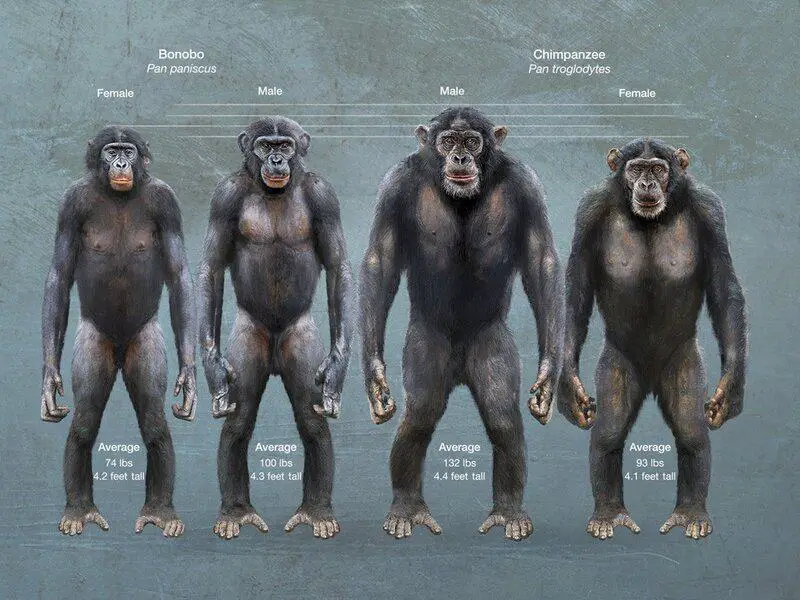
The idea that humans evolved directly from monkeys is incorrect. Instead, humans and modern monkeys share a distant common ancestor. The evolutionary path is a branching tree, with different primate species diverging over millions of years.
This myth persists because evolution is often oversimplified in popular culture and education. For a clearer picture of our origins, visit the Smithsonian National Museum of Natural History.
18. Blood in Veins Is Blue
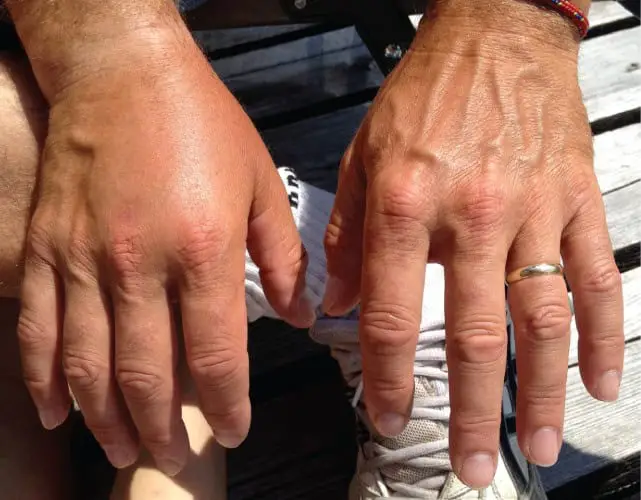
Blood is never blue; it is always some shade of red. Oxygen-rich blood is bright red, while deoxygenated blood appears darker. The blue appearance of veins beneath the skin is simply a trick of light penetration and reflection.
This persistent myth is fueled by misleading illustrations and the way veins look under the skin. For the scientific explanation, see the Cleveland Clinic.
19. Alcohol Kills Brain Cells

Moderate alcohol consumption does not kill brain cells. While excessive drinking can damage dendrites—the connections between neurons—and impair communication, the notion that casual drinking “kills” brain cells is a myth.
This misunderstanding likely arose from studies on severe alcohol abuse. For most people, typical social drinking does not destroy brain cells, as clarified by the National Institute on Alcohol Abuse and Alcoholism.
20. If You Touch a Baby Bird, Its Mother Will Abandon It
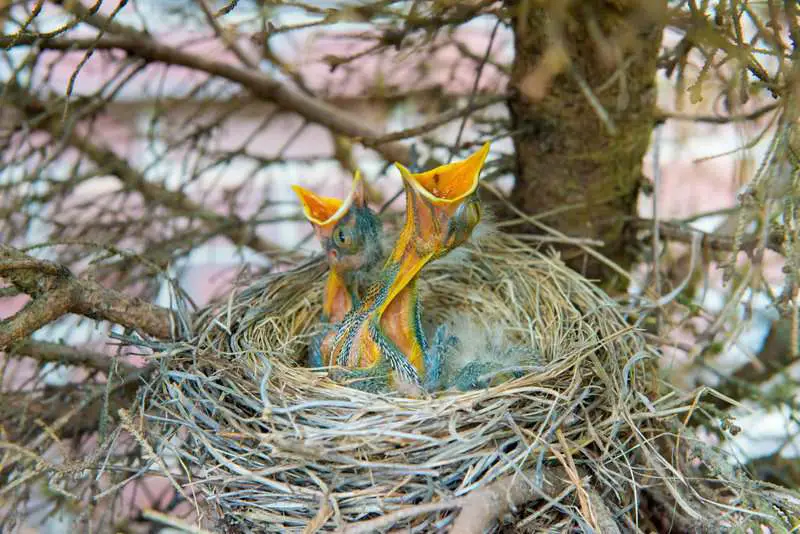
Most birds will not abandon their chicks if touched by humans. Birds generally have a poor sense of smell and will continue caring for their young even after brief human contact.
The Cornell Lab of Ornithology notes that this myth may actually help prevent unnecessary or harmful human interference with wildlife.
21. Gum Stays in Your Stomach for Seven Years

Although chewing gum is mostly indigestible, it does not remain in your stomach for seven years. Instead, it passes through the digestive system and is excreted like most other substances.
The Mayo Clinic explains that this myth persists mainly as a cautionary tale for kids, rather than any real danger.
22. Daddy Longlegs Are the Most Venomous Spiders
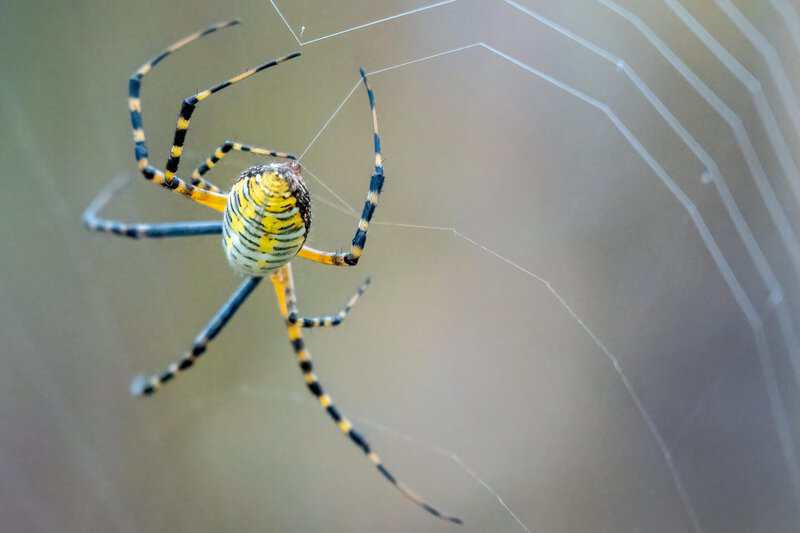
Daddy longlegs, also known as harvestmen, are not actually spiders and they do not possess venom harmful to humans. In fact, their mouthparts aren’t even capable of biting people.
The University of California, Riverside explains that this myth likely stems from confusion with cellar spiders, which are also harmless to humans.
23. Shaving Makes Hair Grow Back Thicker

Shaving does not make hair grow back thicker, darker, or faster. The blunt edge left by razors can make new growth seem coarser or more noticeable, but this is simply a visual illusion—not a biological change.
The Mayo Clinic confirms that shaving has no effect on hair’s actual texture or growth rate.
Remember, questioning what we think we know is a crucial part of scientific literacy. Always look for reputable sources and keep challenging persistent myths!



Vielleicht interessiert es Sie:
Wussten Sie! Minensuchratten auf dem Schlachtfeld und sie sind super effektiv!
Wie viele Giraffenarten gibt es? Leben sie alle in Afrika?
Der Vogel ist das Weibchen der Vögel: wahr oder falsch?
Warum bauen Biber Dämme? Welchen Nutzen?
Warum leben manche Tiere nachtaktiv? Welche Vorteile?
Küssen Tiere? Ist das die gleiche Bedeutung wie Menschen?
200+ Hilarious Seahorse Jokes That Will Make You Smile and Giggle
200+ Funny Investment Jokes to Boost Your Financial Humor Game